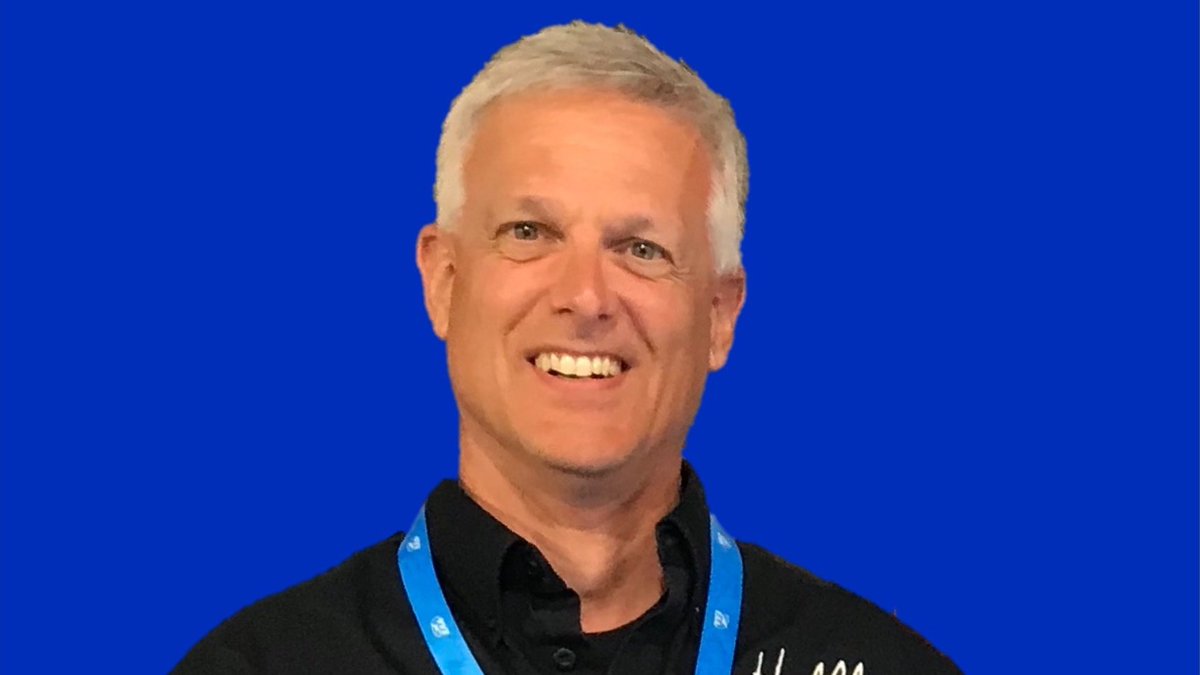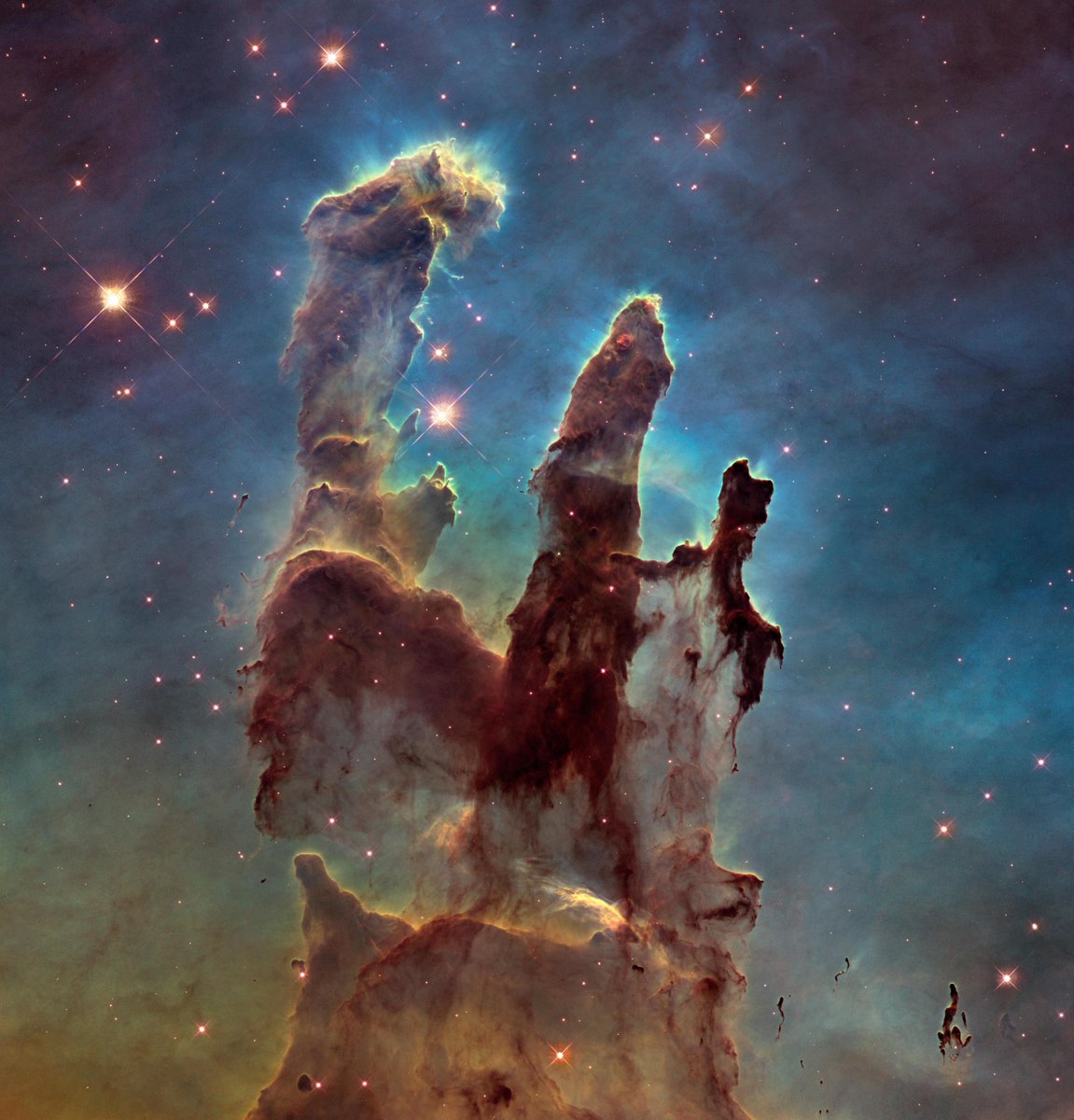The Hubble Space Telescope has given us a new image of a nursery for stars in a nearby galaxy to the Milky Way. ✨
Have questions about this new image? Leave them in the comments below! Join Hubble experts later today from 2-4 p.m. EDT for a Q&A.
Have questions about this new image? Leave them in the comments below! Join Hubble experts later today from 2-4 p.m. EDT for a Q&A.
Hi, I am Elena Sabbi. I am an astrophysicist at the Space Telescope Science Institute. Until last year I was a team lead for Wide Field Camera 3 on the Hubble Space Telescope. I study star formation and stellar evolution. I’ll be answering your questions today! 

Hi, I’m Dr. Kenneth Carpenter. I’m the Hubble Space Telescope Operations Project Scientist and the WFIRST Ground System Project Scientist at NASA Goddard. My research specialty is on the outer atmospheres and winds of cool, evolved stars. 

Hi, I’m Dr. Jennifer Wiseman, and I’m the Hubble Space Telescope Senior Project Scientist at NASA’s Goddard Space Flight Center. My research expertise is in star and planet formation in stellar nurseries of interstellar clouds. 

Hi, I am Jim Jeletic. I work at NASA Goddard and am the deputy project manager for Hubble. I have an engineering background and have worked for NASA for 35 years. I am here to answer your questions on the spacecraft and Hubble history! 

• • •
Missing some Tweet in this thread? You can try to
force a refresh


















